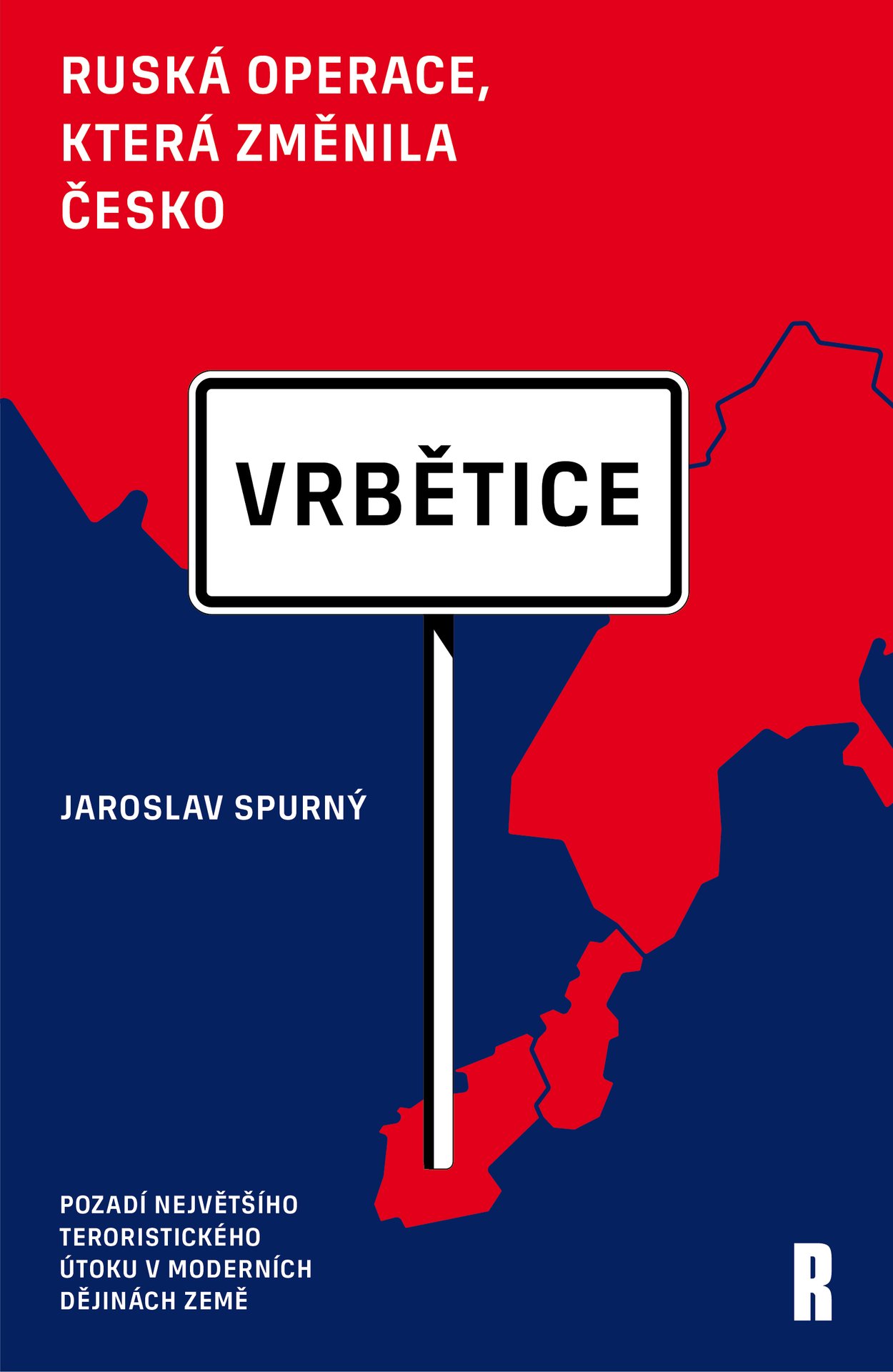If Czechs say NO
What will happen if one - or several - member states fail to ratify the EU constitution? Will the constitution be ditched or will the Union split up into two parts, with those who ratified in an inner circle and those who failed in a peripheral tier?

What will happen if one - or several - member states fail to ratify the EU constitution? Will the constitution be ditched or will the Union split up into two parts, with those who ratified in an inner circle and those who failed in a peripheral tier?
An open debate about how to deal with a rejection-crisis is conspicuously avoided today across the European Union. The EU leaders are unwilling to consider the possibility of a failure to ratify the constitution and to talk about alternative scenarios. „We are placing ourselves in a success scenario, not in a failure one,“ was the answer given my most of heads of state and government at the most recent EU summits.
EU leaders' refusal to discuss openly a ‚Plan B‘, on what to do if the constitution fails to be approved in a referendum or by a national parliament (a risk that it is believed exists in the case of the Czech Republic) can be easily explained. They want to avoid giving voters the impression that it does not matter if they say ‚Yes‘ or ‚No‘ to the constitution, because whatever the result of the referendum, alternative plans have been prepared for the Union to continue in a business as usual approach.
The risk that one or several of the referenda to be held in at least ten member states have a negative result is a palpable one, with the United Kingdom, Poland and the Czech Republic being the most likely to encounter problems.
Failure to ratify the constitution would create huge legal headaches for the continuity of the Union and a political crisis.
Behind the scenes, the EU's most polished legal minds are weighing the options. There is no obvious solution but several scenarios, according to the qualitative and quantitative aspects of a ‚No‘ vote.
To start with, it depends on whether the constitution was rejected by one member state or by several. Realistically, it also depends on whether the state is large or small. Or if it is a founding member (like France, who was part of the original six founders of the Union). It also depends on whether the constitution was rejected by only a small majority in one member state. Or whether the result of the vote is a real ‚No‘ to the constitution or a punishment inflicted by the electorate on the government for some internal matter unrelated to the charter.
If only one state rejected the constitution by a small majority and following a low turnout, the citizens of the state concerned could be asked to vote again. That is the Irish „Nice Treaty“ scenario: „wrong result, vote again.“ It would however be politically difficult to re-run the referendum in such countries where anti-European tendencies are obvious and it will be clear that the rejection was not an accident, or when the country's leaders had committed to abide by the result of the first referendum. In this case, the „No“ would mean „No“ and the crisis would start. Such crisis would also ensue if the constitution was rejected by several states, or by one state but by a large majority. In this case, a solution must be found to allow the ratifying states to go ahead without being blocked by those who failed to get the constitution approved.
There are two main categories of solutions: those agreed by consensus by all member states (those who ratified as well as those that failed to do so) and unilateral decisions taken by those who ratified.
Consensual solutions


One possibility is that the proposed constitution would be revised, should one or more countries fail to ratify. However, this solution would only make sense if the referendum campaigns unveiled opposition to specific elements of the constitution. If the campaigns sent the message that the public did not like the constitution as a whole, or the idea of it, a revision of the treaty would be superfluous. In addition, a revision is unlikely to occur if only one state rejected it and 24 others approved (even though many politicians in the UK have the illusion that the rest of the member states would start negotiating with Britain a new text, should its citizens reject the charter).
However, this scenario poses two significant problems. The public in different member states may have problems with different aspects of the constitution. Britons, for instance, are against any innovations in the constitution, which they believe deepen the EU political integration, while the French threaten to reject the constitution because it does not provide for enough such integration.
It could then be extremely difficult to agree on a list of changes to be introduced to the constitution's original text, to placate the ‚Nay-sayers‘.
Secondly, a revision of the treaty, to secure ratification by one member state that originally failed to approve it, would oblige all the states who had ratified already to do it again. And if 24 other countries had ratified the treaty, ten through hard-fought referenda, they would surely be unwilling to renegotiate the treaty (in a new Convention, perhaps, followed by a new intergovernmental conference gathering all member states' representatives) and submit it again to a vote of approval by parliaments or the public.
Considering these problems, this scenario is unlikely to be applied.
The second consensual option is to grant a special status within the European Union to those states that failed to ratify. That would mean that these countries would opt-out of a few policy areas (for instance Denmark could stay out of the defence chapter, the UK could opt-out of social provisions). But this can only be of help if it is clear that the states where the constitution was rejected had problems with proposals on specific policy sectors. If it was rejected because of the institutional arrangements that it proposes, opt-outs are not a solution: it is hard to imagine, for instance, that a state opts-out from the provisions on a new system of voting in the Council of Ministers and it applies, unilaterally, the old system of voting.
The third consensual option would be to grant the countries that failed to ratify a special status but outside the Union. It would mean that the „rejecting“ countries would exit the EU and negotiate with the others the terms of such a separation.
They could be granted a special status (less than full members, more than associates). They could take part in the single market related programmes, as well as sharing a customs union with the rest and keeping a single trade policy, for instance.
Or the states concerned could leave the Union altogether and join the European Economic Area, with Norway, Liechtenstein and Island.
The last consensual solution theoretically possible is to ditch the constitution, failing failure by several member states to ratify it. In this case, the Union would simply continue on the basis of existing treaties.
However, such a scenario is highly unlikely, especially if a large number of member states had fought hard to secure ratification, telling their citizens that the constitution „is a must“. They would loose the face, as they would be seen as failing to fight for the constitution which their citizens or parliaments want.
In addition, most of EU leaders genuinely believe that the constitution is necessary to make the Union function better.
Unilateral solutions
There could also be less harmonious consequences of a state's failure to ratify the constitution: a nasty divorce. The countries that ratified the constitution could decide to go ahead on their own without the agreement of those states that failed to ratify.
The first such option is that of an EU split in two, with an avant-garde group of states, those that ratified, deepening their integration on the basis of the constitution, and the rest continuing to apply the existing treaties. But as the group of states likely to ratify is set to be larger than that of those failing to do so, it would make more sense to talk about a „rear-guard scenario“, whereby the non-ratifying countries would stay behind the rest.
A more radical solution would be for the member states that approved the constitution to dissolve the European Union and re-create a new Union only comprising of those states that ratified it. That would be a harsh form of divorce and it would amount to kicking out the member state(s) that failed to ratify. This dramatic scenario could only be envisaged if the state unable to ratify the constitution refuses to accept one of the consensual solutions presented above (negotiating a special status within the Union or outside the Union).
Legally, this is possible, but politically it would be a difficult option, which would indicate a strong degradation of relations between member states.
Rejection of the constitutional treaty would bring the Union into virgin legal territory and would put member states in front of delicate political choices. Dealing with the political crisis that would ensue would be crucial. The most important thing is that EU leaders avoid giving the impression that the people's choice in a referendum is not respected. That would begin an even nastier result, between people and the European Union.
Author is the Editor of The European Voice.
Pokud jste v článku našli chybu, napište nám prosím na [email protected].










